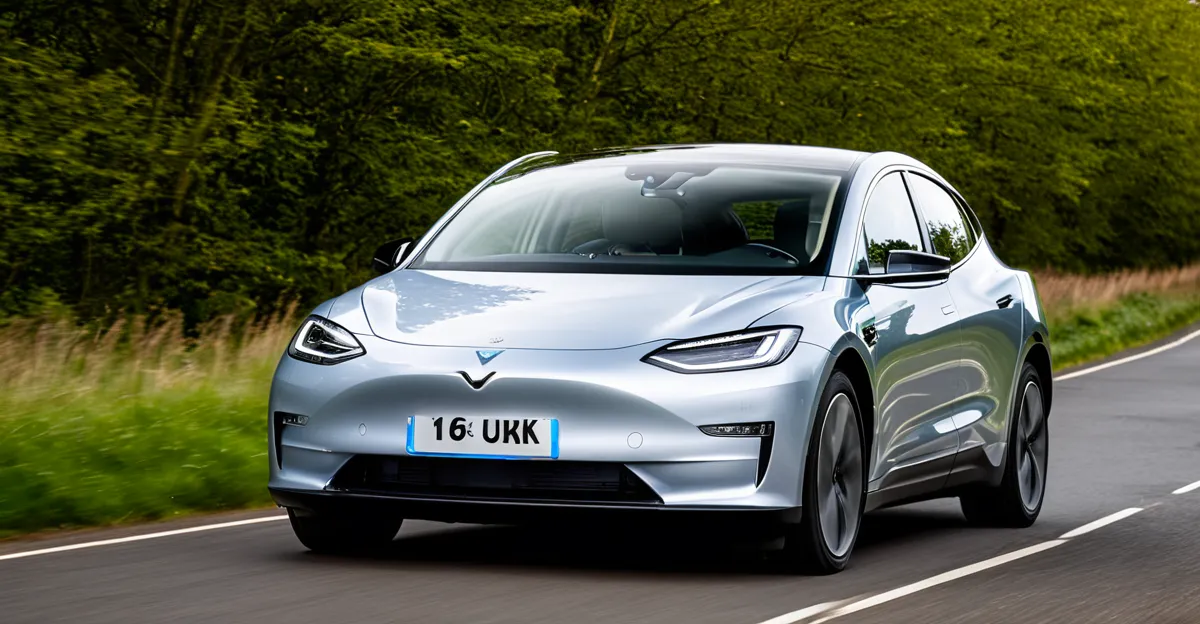Technical Solutions for Electric Vehicle Performance in the UK Climate
For electric vehicles (EVs) operating in the UK climate, which includes frequent rain and cold temperatures, advances in battery efficiency are crucial. Modern batteries now incorporate improved thermal management systems that maintain optimal temperature ranges, preventing capacity loss during cold spells. These systems use integrated heaters and cooling loops to balance battery temperature, enhancing performance and longevity even in damp and chilly conditions.
Waterproofing is another key technical solution. EV manufacturers are increasingly focusing on weather-resistant components and seals to protect sensitive electronics from moisture infiltration. Enhanced waterproofing standards ensure that critical parts such as battery packs and connectors remain functional despite the UK’s wet environment.
Also to see : How is the UK addressing the challenges of autonomous vehicle legislation?
Heating systems within electric vehicles have also evolved. Beyond simply warming the cabin, these systems prioritize energy-efficient heating methods like heat pumps, which minimize power drain while maintaining driver comfort. Combining these technical enhancements supports consistent and reliable EV performance tailored for the unique challenges posed by the UK’s climate.
Infrastructure Readiness and Support in the UK
The UK climate presents specific challenges for EV infrastructure, requiring robust adaptations to ensure reliable operation. Expansion of climate-resilient charging networks is underway, with many stations designed to withstand frequent rain and subzero temperatures common in the UK. These installations incorporate weatherproof housings and sealed connectors to prevent moisture ingress, one of the most critical factors impacting the safety and longevity of charging points.
In parallel : How Is Innovation Influencing the Future of the UK Automotive Industry?
Grid resilience plays a pivotal role in supporting electric vehicles through weather extremes. The energy grid must manage increased demand from both heating systems and battery charging, particularly during cold spells. To address this, the UK’s grid operators are investing in smart grid technologies, allowing real-time load balancing and optimizing power distribution to avoid outages.
Protective measures also extend to the physical infrastructure; charging stations often feature raised platforms and drainage solutions to mitigate flooding risks triggered by heavy UK rainfall. This infrastructure readiness is vital for offering EV users consistent access to charging stations and maintaining overall confidence in electric vehicle adoption throughout the UK’s demanding weather conditions.
Manufacturer Strategies for UK Climate Challenges
Manufacturers tailor electric vehicles specifically for the UK climate by integrating advanced vehicle engineering that addresses moisture and temperature fluctuations. The UK’s variable weather demands automaker adaptation through rigorous climate testing, ensuring battery systems, seals, and electronics perform reliably despite frequent rain and cold spells.
Collaborations between manufacturers and UK agencies focus on developing climate solutions that include enhanced waterproofing techniques and thermal management adapted to local conditions. Automakers conduct extensive trials on new EV models to simulate real-world UK conditions, fine-tuning components such as battery heaters and insulation to sustain battery efficiency during cold months.
Another key strategy involves customizing software algorithms to optimize energy consumption relative to the environment. For example, heating systems are programmed to activate efficiently, balancing driver comfort without unnecessarily draining battery power. These efforts reflect a growing recognition that one-size-fits-all EV designs must evolve, with UK-specific adaptations critical for achieving dependable performance.
Overall, manufacturers’ strategies combine engineering innovation, testing, and collaboration to address UK weather challenges head-on, helping drivers feel confident in their EVs regardless of shifting climate conditions.
Practical Advice for Electric Vehicle Owners in the UK
Navigating the UK climate with an electric vehicle requires specific care to maintain battery efficiency and operational reliability. Owners should routinely inspect waterproofing seals around doors, charging ports, and battery compartments to prevent moisture ingress, which can degrade components over time. Ensuring these seals remain intact helps avoid costly repairs caused by damp-related corrosion.
Cold weather impacts battery performance significantly. To maximize battery efficiency, users should precondition their EVs by activating the heating system or thermal management before driving. This warms the battery and cabin simultaneously, reducing energy draw during trips. Employing energy-efficient heating systems, such as heat pumps where available, also conserves power while maintaining comfort.
Charging habits adapted to the UK’s fluctuating temperatures improve longevity. Charging during milder periods, preferably with climate-resilient charging stations, safeguards battery health and prevents ice formation around connectors. Regular software updates from manufacturers often optimize heating and battery management for UK conditions, so applying these promptly is advisable.
Ultimately, combining vigilant EV maintenance with climate-aware driving and charging practices helps UK owners enjoy reliable performance despite persistent wet and cold weather.

